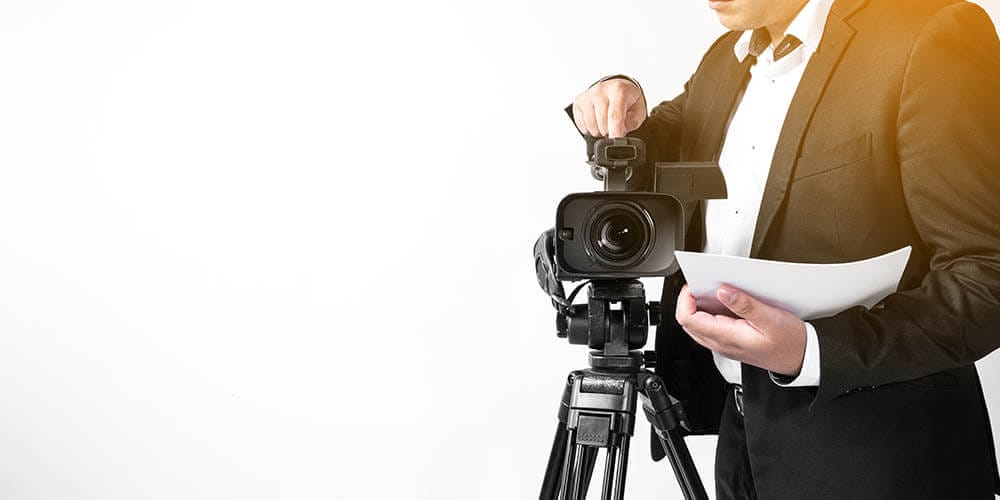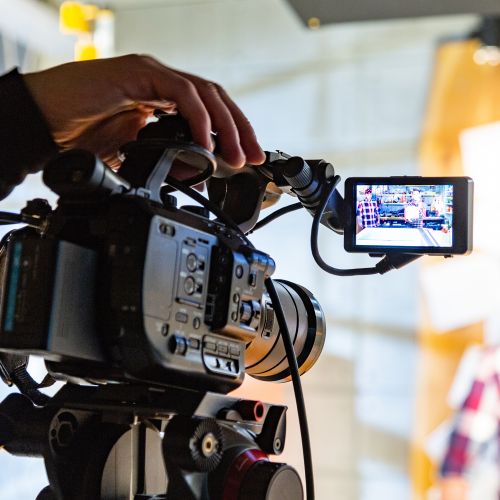Understanding the Influence of Legal Videography on Situation Outcomes
Understanding the Influence of Legal Videography on Situation Outcomes
Blog Article
Diving Into the Systems of Legal Videography: Unveiling Its Procedure in Safeguarding Genuine Visual Testament for Judicial Proceedings
In the realm of judicial procedures, the function of legal videography stands as a foundation in preserving and presenting visual proof. As technology proceeds to breakthrough, the mechanisms behind legal videography have become significantly intricate, supplying a vital layer of authenticity to testimonies recorded on video clip.
Historical Advancement of Lawful Videography
Examining the historical development of legal videography discloses a considerable transformation in the catching and presentation of visual evidence within the lawful landscape. In the past, legal procedures greatly relied upon composed records and photographs to record events and provide proof. Nonetheless, with the introduction of video clip modern technology, the legal industry observed a standard shift in how visual testimony was caught and presented.
The development of legal videography can be traced back to the late 20th century when improvements in video recording tools made it much more available for usage in courts. This technical development not only improved the accuracy and dependability of aesthetic evidence yet likewise changed the method instances existed to judges and courts (Legal Videography). Lawyers began to identify the convincing power of video clip recordings in sharing feelings, nuances, and non-verbal signs that created photographs or transcripts alone could not record effectively

Technology Innovations in Video Documents
What key technological developments have revolutionized video paperwork in the legal field? The lawful field has actually seen significant advancements in video clip documents innovation that have boosted the credibility and integrity of aesthetic evidence in judicial proceedings.
In addition, developments in video clip security and watermarking technologies have strengthened the safety and security and tamper-proof nature of video evidence, safeguarding it versus unauthorized modifications or tampering. Furthermore, the advent of cloud storage services and remote accessibility capacities has structured the storage space, access, and sharing of video clip proof, promoting smooth collaboration among attorneys and ensuring reliable access to critical aesthetic testimonies when needed. These technical developments in video clip documentation have definitely changed the lawful field, enhancing the precision, reliability, and admissibility of visual evidence in judicial procedures.
Role of Legal Videographers in Court Settings
The evolution of video clip paperwork technology in the lawful area has actually required an essential role for lawful videographers in courtroom setups, making certain the stability and reliability of visual testaments offered throughout judicial process. Legal videographers play a basic duty in catching and preserving accurate visual proof that can be critical in court cases. Their obligation extends to setting up devices, taping process, and creating premium videos that properly mirror the events in the court.
In courtroom settings, legal videographers must abide by rigorous guidelines and requirements to preserve the authenticity of the visual document. They should have an eager eye for detail and a thorough understanding of legal procedures to make certain that the video footage they record is a true depiction of the events that took place. Furthermore, legal videographers commonly function carefully with lawful teams to make certain that the video evidence straightens with the case's demands and can be effectively presented in court to support the legal debates being made. On the whole, the duty of lawful videographers in court room setups is indispensable in maintaining the principles of justice and ensuring the transparency of legal proceedings.

Ensuring Admissibility and Honesty of Video Evidence
To keep the reputation of aesthetic proof offered in lawful process, ensuring the admissibility and integrity of video clip proof is a critical obligation for legal videographers. get more Admissibility refers to the acceptance of proof by the court, and for video evidence to be permissible, it must fulfill specific standards. Lawful videographers play a vital function in guaranteeing that the videos they record abide by the regulations from this source of proof, such as credibility, significance, and reliability.
Integrity of video clip proof entails preserving the creativity and precision of the footage from the time it is recorded till it is offered in court. This includes safely keeping the video documents, documenting the chain of safekeeping, and preventing any kind of meddling or modifications. Lawful videographers need to abide by rigorous methods to ensure the integrity of the video clip proof and prevent any kind of obstacles to its credibility.
Future Trends in Legal Videography
Offered the raising dependence on innovation in legal procedures, lawful videographers are poised to accept innovative developments shaping the future of aesthetic testimony capture and discussion. One of the noticeable trends on the perspective is the assimilation of online reality (VR) and enhanced truth (AR) innovations right into legal videography. These technologies have the possible to revolutionize just how aesthetic evidence is presented in courtrooms, enabling courts and judges to immerse themselves in the scene of the criminal offense or incident.
In addition, using fabricated intelligence (AI) formulas for video clip analysis is anticipated to enhance the procedure of examining and examining huge quantities of video clip footage. AI can aid in recognizing key moments, abnormalities, and patterns within videos, boosting the performance of legal examinations.

Final Thought
Finally, legal videography has actually played an essential function in supplying authentic aesthetic evidence for judicial process. Through technological developments and the experience of legal videographers, the integrity and admissibility of video clip proof are ensured in court setups. As legal videography remains to advance, it will certainly be important to promote requirements that preserve the accuracy and integrity of visual statement for the future of legal proceedings.
Checking out the historical development of legal videography exposes a substantial improvement in the recording and presentation of aesthetic proof within the lawful landscape.The advancement of video documents modern technology in the legal field has required an important duty for lawful videographers in court setups, guaranteeing the integrity and dependability of aesthetic statements offered during judicial proceedings. Furthermore, legal videographers often work carefully with legal teams to guarantee that the video clip proof lines up with the case's requirements and can be properly provided in court to support the legal debates being made.To maintain the integrity of aesthetic evidence presented in legal process, guaranteeing the admissibility and stability of video clip proof is a critical obligation for lawful videographers. As lawful videography proceeds to advance, it will be necessary to promote criteria that maintain the accuracy and reliability of visual testimony for the future of lawful proceedings.
Report this page